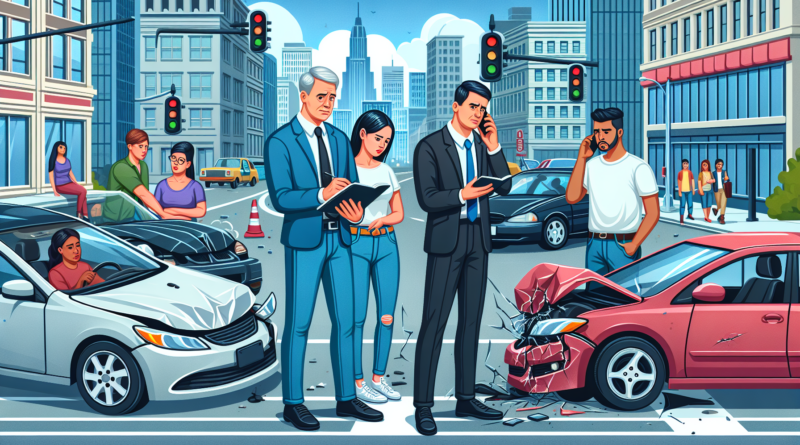Legal Actions and the Role of Auto Insurance in Case of a Traffic Accident
– **Liability Coverage**: This is mandatory in most jurisdictions and covers damages to other people’s property and injuries to others in an accident where the policyholder is at fault.
– **Collision Coverage**: Pays for damages to the policyholder’s vehicle resulting from a collision, regardless of who is at fault.
– **Comprehensive Coverage**: Covers non-collision-related incidents, such as theft, vandalism, or natural disasters.
– **Personal Injury Protection (PIP)**: Covers medical expenses and, in some cases, lost wages and other damages.
– **Uninsured/Underinsured Motorist Coverage**: Protects against damages caused by a driver who lacks sufficient insurance.
– **Filing a Claim**: The first step is to file a claim with the insurance company. This initiates the process of assessing damages and determining compensation.
– **Police Report**: Obtaining a police report is essential as it provides an official account of the accident, which can be crucial in legal proceedings.
– **Legal Representation**: In cases where disputes arise, hiring an attorney specializing in traffic accidents can help navigate the complexities of legal claims and negotiations.
– **Lawsuits**: If an agreement cannot be reached through insurance claims, a lawsuit may be filed to seek damages. This is often a last resort due to the time and costs involved.
– **Defense and Indemnification**: Insurance companies often provide legal defense for policyholders in lawsuits related to covered incidents. They also indemnify the policyholder, meaning they pay for damages up to the policy limits.
– **Settlement Negotiations**: Insurers typically engage in settlement negotiations to resolve claims without going to court. This can expedite the compensation process and reduce legal expenses.
– **Subrogation**: If the insurance company pays a claim, it may pursue subrogation to recover costs from the at-fault party’s insurer. This process helps keep premiums lower for the policyholder.
– **Safe Driving Practices**: Adhering to traffic laws, avoiding distractions, and maintaining a safe following distance can significantly reduce accident risks.
– **Regular Vehicle Maintenance**: Ensuring that your vehicle is in good working condition can prevent mechanical failures that might lead to accidents.
– **Awareness and Education**: Staying informed about changes in traffic laws and insurance regulations can help drivers make better decisions on the road.

